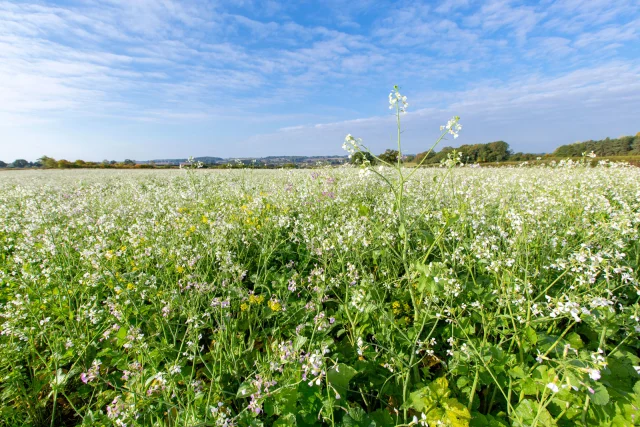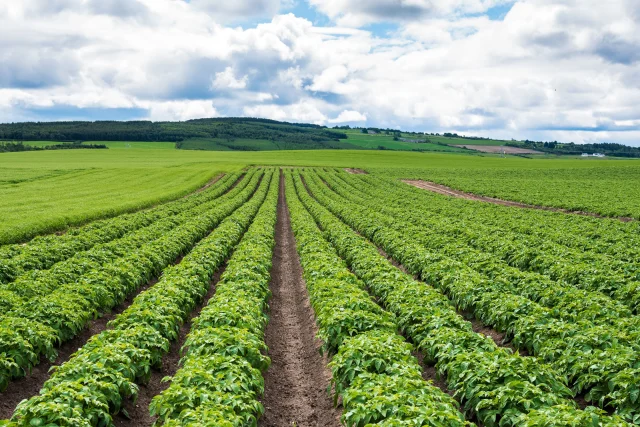Published on 11th March 2019
Pest Management
OSR: 5 tips on pollen beetle control
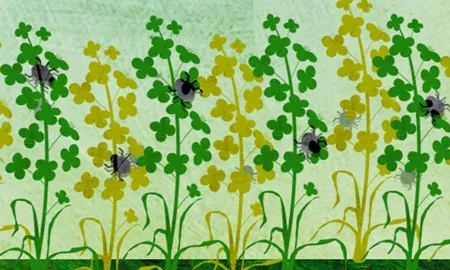
New higher damage thresholds for when to treat for pollen beetle in oilseed rape, combined with a change in culture in the industry to try to minimise insecticide use as much as possible, has meant a positive reduction in the amount of insecticide used for pollen beetle control in recent years.
Oilseed rape crops are at highest risk of pollen beetle when migration coincides with the yellow/green bud stage of growth. At this stage migrating populations don’t have access to flower pollen and instead chew into the bud and lay their eggs, causing the bud to drop off before flowering occurs. Once at flowering, pollen beetle abundance becomes an advantage to the crop as insects contribute to crop pollination.
So crop growth stage in relation to the pollen beetle migration is critical in determining risk. Extra due-diligence should be applied in cases where the crop is uneven.
During the pollen beetle migration, the following factors are key to responsible crop protection.
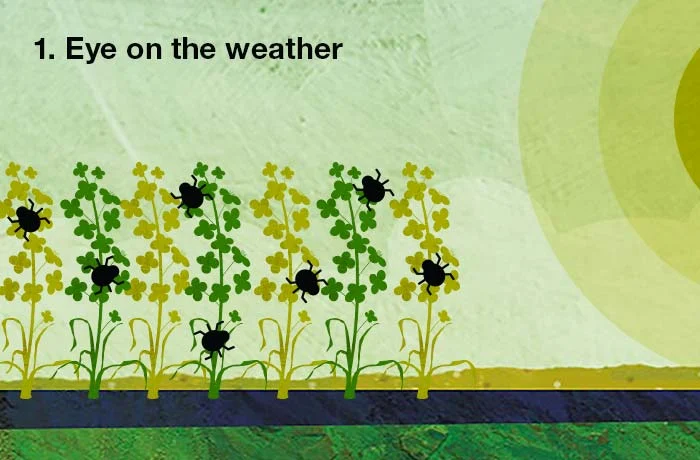
Optimum weather conditions for pollen beetle migration are warm and dry, with temperatures above 15°C. Growers should be particularly vigilant when these conditions coincide with crops at the green/yellow bud stage.
Monitoring local weather data usually from mid-March (but occasionally earlier if weather is conducive) and throughout April helps predict when crops may be at risk of migrating pollen beetles.

Walking fields is key in detecting pollen beetle presence and understanding when action is required. Growers are advised to monitor the crop periodically at the stage of green-yellow bud, up to flowering.
It is useful to put yellow sticky traps out in fields to aid population monitoring, and this acts as a practical tool to understand when thresholds have been exceeded.
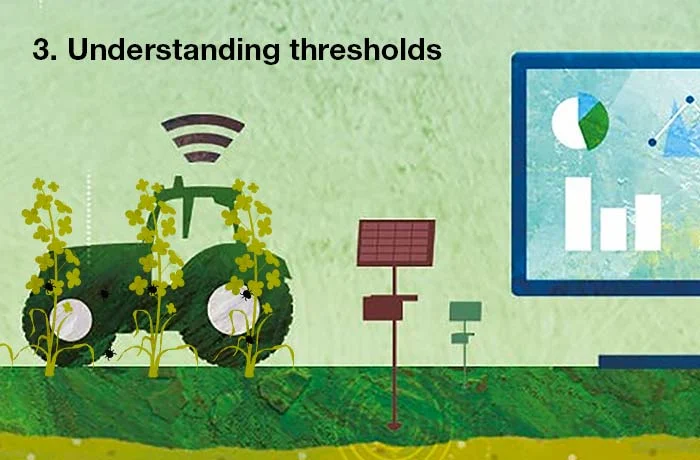
Damage thresholds are in place to guide growers while monitoring the population level of pollen beetle and serve as a protection against unnecessary crop spraying. Flowering crops will not require treatment.
(Source: HGCA Information Sheet 18/Spring 2013 ‘Monitoring and control of pollen beetle in oilseed rape’)
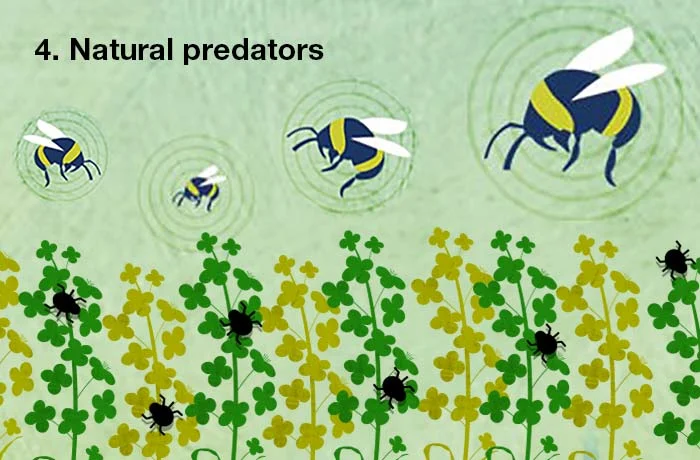
Natural predators such as parasitic wasps can help keep pollen beetle larvae at bay and protect crops against potential damage. Growers noticing parasitic wasps in their crop should consider the natural benefit of these insects and only spray insecticide treatments when absolutely necessary.
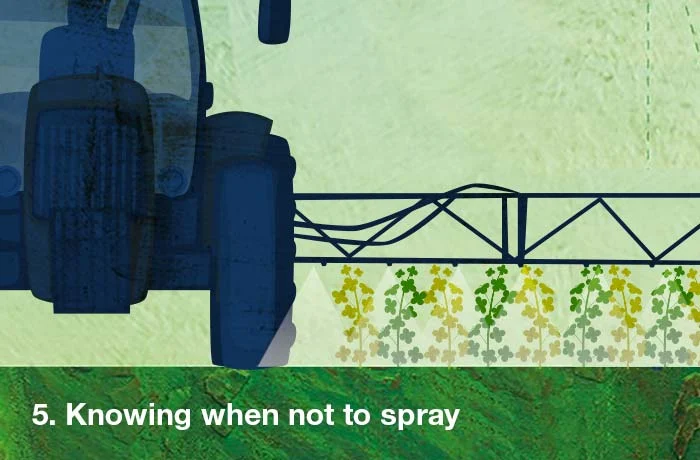
“Unnecessary spraying can have unwanted effects on insects which are beneficial for pest control,” says Dr Sam Cook, a behavioural ecologist from Rothamsted Research. Insecticide treatment of pollen beetle should not be used unless thresholds are exceeded, and treatment is not necessary on flowering crops, she says.
Due to the increasing resistance to pyrethroid insecticides, in cases where pollen beetle populations exceed thresholds and need treating use a product with no known resistance issues, such as Biscaya (thiacloprid), which also allows for flexible treatment where crops are uneven.
Claire Matthewman, from Bayer explains: “Where crops are uneven, Biscaya’s label allows for treatment where some very early flowering has begun, which could help protect crops at different growth stages.”

